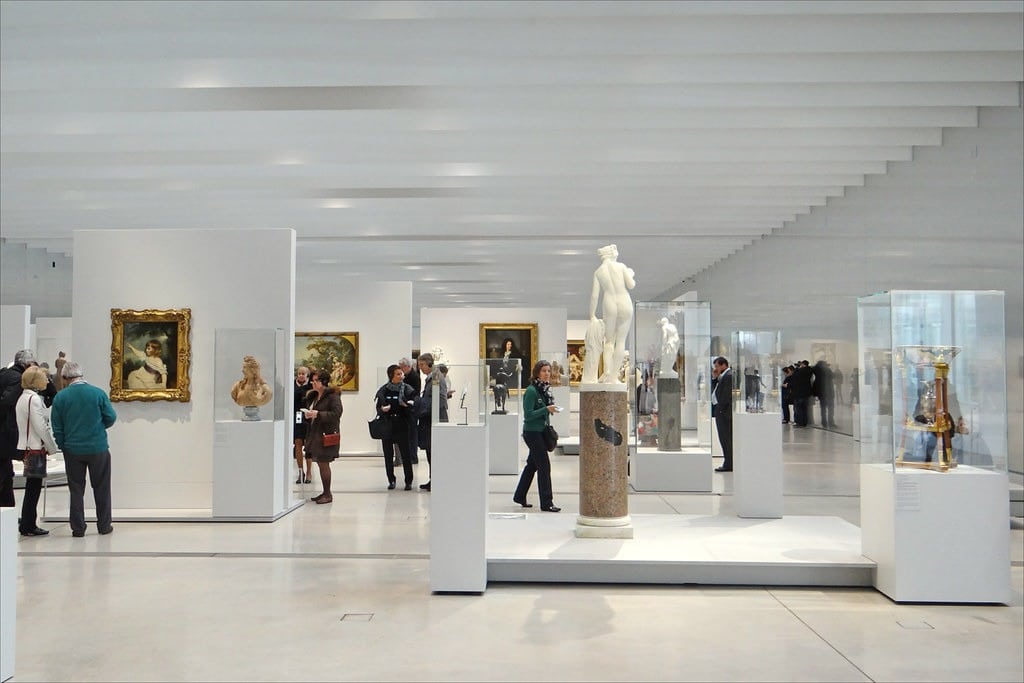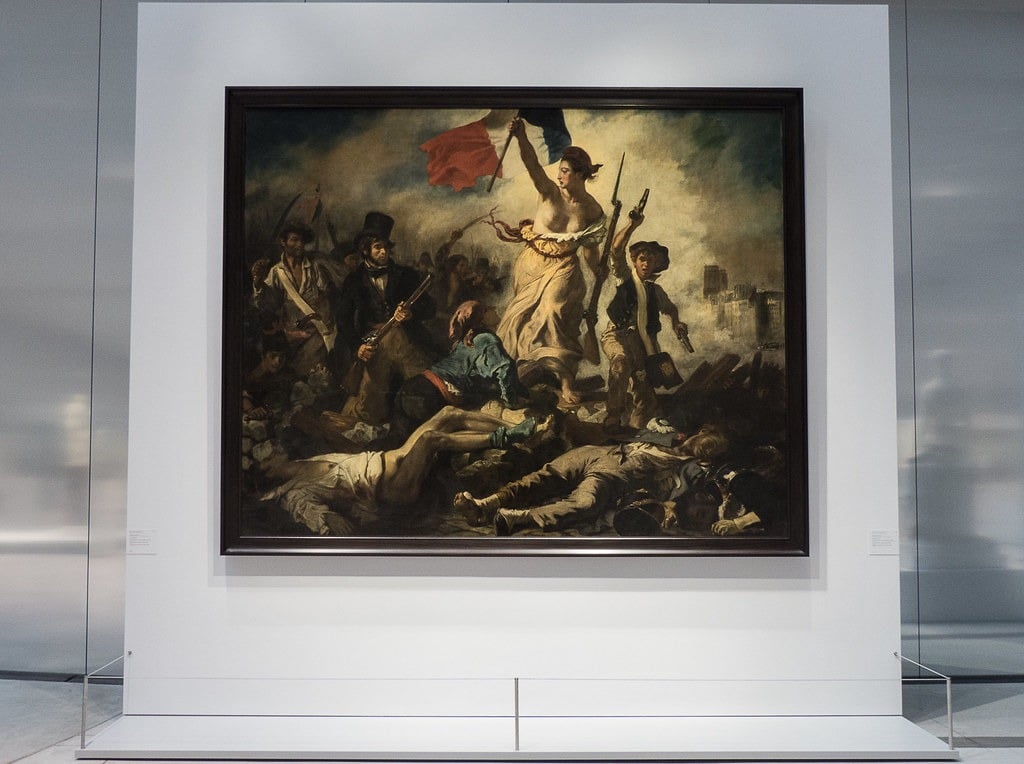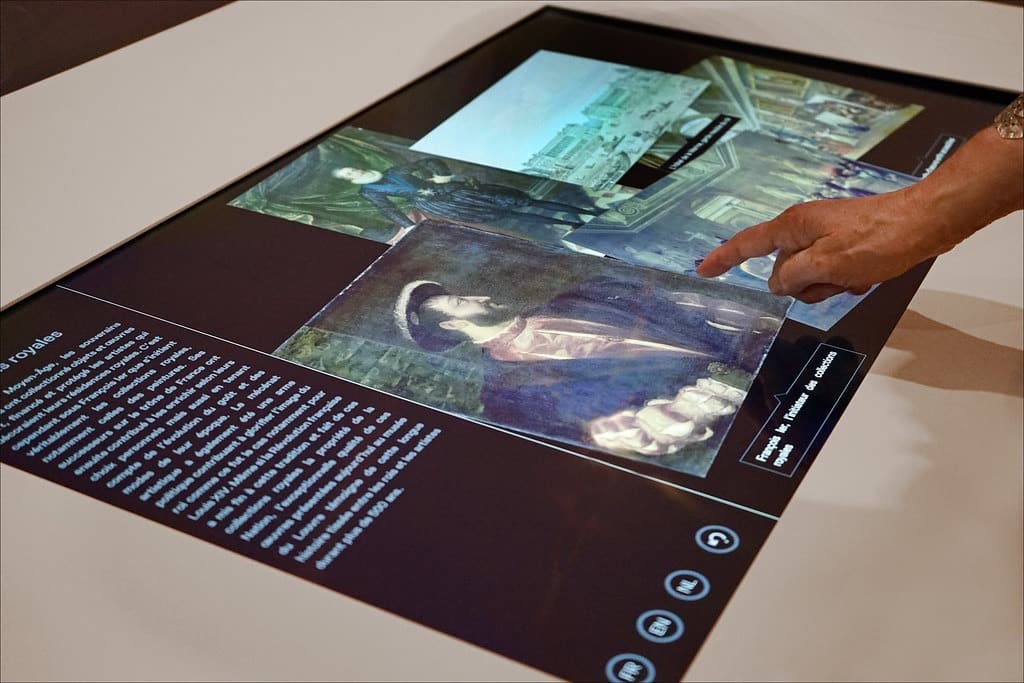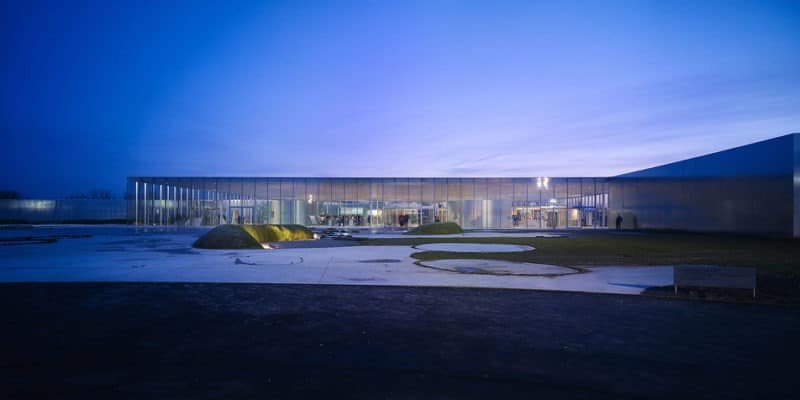The Louvre-Lens is a priceless cultural treasure in the Hauts-de-France region. Opened in 2012, it is the result of a partnership between the Nord-Pas-de-Calais region and the renowned Musée du Louvre in Paris. This article highlights what the Louvre-Lens has to offer art and history lovers.
The origins of Louvre-Lens
The idea of creating a branch of the Louvre in Lens dates back to the cultural decentralization policy initiated by the French government in the early 2000s. The aim was to distribute France’s cultural and historical wealth more evenly, by relocating some major cultural institutions from Paris to other regions. The decision to establish a branch of the Louvre was also motivated by the desire to stimulate economic and cultural renewal in the Nord Pas de Calais region. The choice of Lens was also strategic in terms of geographic location, as the town is close to several major European cities.
The architecture of Louvre-Lens
The design of Louvre-Lens was entrusted to architects Kazuyo Sejima and Ryue Nishizawa, who head the Japanese architecture firm Sanaa, renowned for its minimalist, modern approach. The museum consists of several glass and aluminum pavilions, offering panoramic views of the surrounding park. This open, transparent design is intended to symbolize sharing and accessibility, key values of Louvre-Lens.
Louvre-Lens was designed to blend harmoniously into the surrounding landscape. The main building, entirely clad in glass and aluminium, reflects the landscape of the surrounding 20-hectare park, creating a dialogue between architecture and nature. This harmony is reinforced by the presence of the former slag heap of pit 9/9 bis, transformed into a landscaped park, which provides a historical and symbolic backdrop to the museum.
The Louvre-Lens building comprises five distinct, interconnected pavilions : the reception hall, the Galerie du Temps, the Pavillon de Verre, the Resource Center and the auditorium. Each pavilion, clad in glass and aluminum, has been designed to reflect natural light, creating a bright and welcoming atmosphere. The transparency of the materials also offers panoramic views of the surrounding park, reinforcing the sense of harmony between the museum and its environment.

La galerie du Temps
The Louvre-Lens collections
The Louvre-Lens is unique in that it has no permanent collections. Instead, it presents a semi-permanent exhibition,“La Galerie du Temps“, which is renewed every five years and highlights around 200 works from the Musée du Louvre. These works are organized chronologically, offering a unique perspective on the history of art.
The gallery’s bright, open space, coupled with the simplicity of the architecture, enhances the works of art and offers a unique visitor experience. Louvre-Lens also regularly organizes temporary exhibitions of international scope.
These exhibitions provide an in-depth exploration of specific themes, historical periods or artistic movements.
For example, the museum has already organized exhibitions on Renaissance art, the art of ancient Egypt, and many other themes. These temporary exhibitions offer a valuable opportunity to admire works that are not usually on display, and to learn more about specific subjects. They are often accompanied by lectures, workshops and other educational activities.
The Louvre-Lens therefore stands out for its unique approach to exhibiting works of art. Rather than presenting a permanent collection, the museum offers a semi-permanent exhibition and a series of temporary exhibitions, both featuring works from the renowned Musée du Louvre in Paris.

Liberty guiding the people at the Louvre-Lens museum
Educational activities at Louvre-Lens
Louvre-Lens has made accessibility and education its priorities. The museum offers a wide range of educational activities designed to make art and culture accessible to everyone, whatever their age or level of art knowledge.
These activities, ranging from creative workshops to lectures, are designed to inspire and educate visitors in a fun and interactive way. Louvre-Lens’ creative workshops are an opportunity for visitors of all ages to get creative and explore different aspects of art. These workshops, led by professionals, offer a variety of activities, from painting to sculpture to handicrafts. Participants have the opportunity to learn new techniques, create their own works of art and better understand the creative process.
Louvre-Lens offers guided tours for those wishing to deepen their understanding of the museum’s collections.
Led by expert guides, these tours enable visitors to explore the exhibitions in detail,learn about the history and context of the works on display, and gain a greater appreciation of art and its evolution through the ages. The museum also organizes lectures on a variety of subjects related to art and history. These lectures, given by specialists in their field, offer visitors a unique opportunity to deepen their knowledge and take part in enlightening discussions on a variety of themes. For the youngest visitors, Louvre-Lens offers playful itineraries designed to make the discovery of art and history fun and interactive. Involving treasure hunts, riddles and creative activities, these routes allow children to familiarize themselves with art while having fun at the same time.

Behind-the-scenes tours of Louvre Lens
Louvre-Lens is a museum in its own right, offering visitors a unique experience. Whether you’re an art enthusiast or simply curious, Louvre-Lens is the place to discover and appreciate art and culture. Thanks to its innovative design and varied programming, it has succeeded in attracting visitors from all over the world, contributing to the revitalization of the Hauts-de-France region.
Geographical location of Louvre-Lens
T.M.
